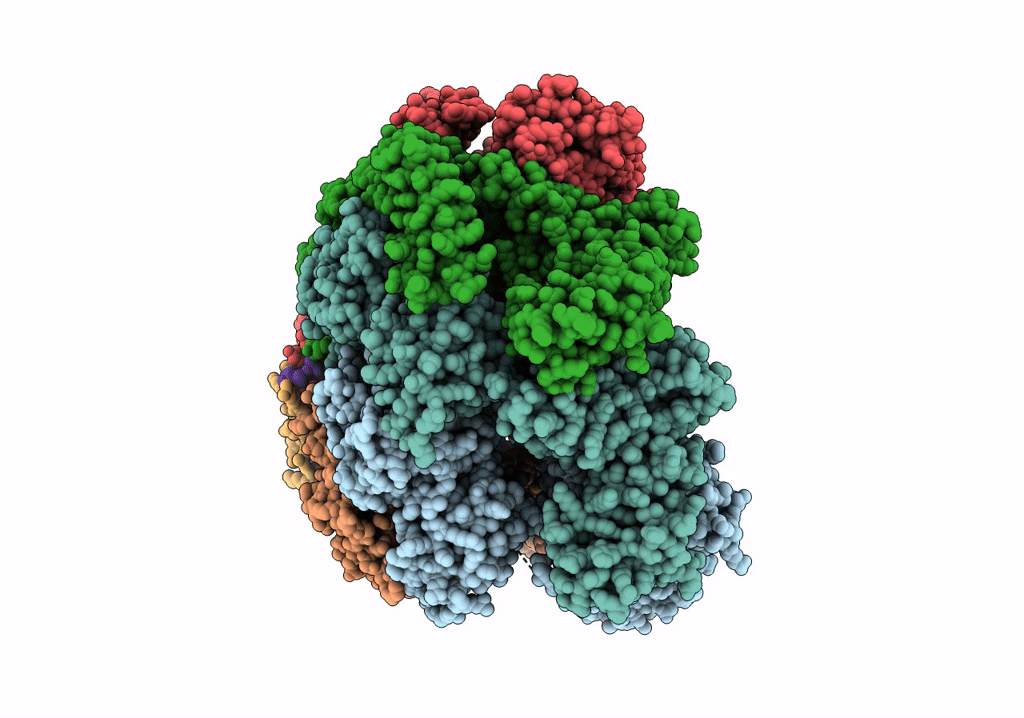
Deposition Date
2019-02-20
Release Date
2019-07-03
Last Version Date
2024-05-15
Entry Detail
PDB ID:
6QS8
Keywords:
Title:
ClpB (DWB and K476C mutant) bound to casein in presence of ATPgammaS - state KC-2B
Biological Source:
Source Organism:
Escherichia coli (Taxon ID: 562)
Bos taurus (Taxon ID: 9913)
Bos taurus (Taxon ID: 9913)
Host Organism:
Method Details:
Experimental Method:
Resolution:
3.90 Å
Aggregation State:
PARTICLE
Reconstruction Method:
SINGLE PARTICLE


